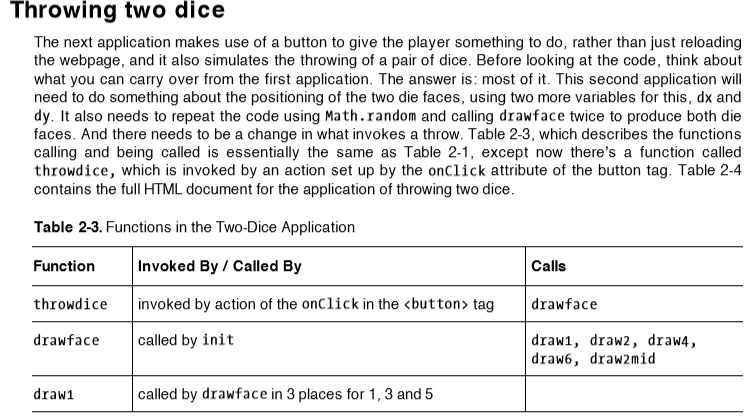

Django pdfkit pdf#
buffer io.BytesIO() Create the PDF object, using the buffer as its 'file.' p canvas.Canvas(buffer) Draw things on the PDF. Params = getQueryStringParams(querystring) # the unquoting is to handle encoded parameters (like from extJS - 1,2,3 as a parameter becomes 1%2C2%2C3 Here’s a Hello World example: import io from django.http import FileResponse from reportlab.pdfgen import canvas def someview(request): Create a file-like buffer to receive PDF data. # PARSE THE STANDARD OPTIONAL INPUT PARAMETERS # logging.basicConfig(filename='/srv/format='%(asctime)s %(levelname)s %(message)s',) # log the request - not enabled at the moment because of permission issues

om_file(gfile, os.getcwd()+r'\HTML\Schedule.pdf',Ĭonfiguration = config, css = css, options = options)ĭef callservice(conn, schemaname, servicename, querystring): Path = r'C:\Users\Chris\Documents\League\Three Way\HTML\css\\' WriteHTML(g, SchedDataNam, self.SchedNamP, cls='boldtable')Ĭonfig = nfiguration(wkhtmltopdf=bytes(r'C:/Program Files/wkhtmltopdf/bin/wkhtmltopdf.exe', 'utf-8')) WriteHTML(g, SchedDataNum, self.SchedNumP, cls='idtable')

SchedDataNam = for week in range(1, self.weeklen + 1)] SchedDataNum = for week in range(1, self.weeklen + 1)] WritePreambleHTML(g, 1, Full=False, Leaguename=self.Leaguename,īCenter=self.BCenter, dates=self.dates, lanes=self.lanes) Gfile = os.getcwd()+r'\HTML\Schedule.html' Remove(pdf_name) # remove the locally created pdf file. Report.task_id = async_pdf_īytes = render_to_string(template, context) Xsl_style_sheet = settings.DOJO_ROOT + "/static/dojo/xsl/pdf_toc.xsl"Ĭonfig = nfiguration(wkhtmltopdf=settings.WKHTMLTOPDF_PATH) Raise AssertionError("Unknown PDF engine") Kit = (html, 'string', configuration=config, Wkhtmltopdf_options = h_filenameį_fd, f_filename = tempfile.mkstemp(suffix='.html') H_fd, h_filename = tempfile.mkstemp(suffix='.html') # wkhtmltopdf requires its HTML files to have ".html" extensions: # Temporary files that a subprocess can read: Return weasyprint.HTML(string=html).write_pdf()Ĭonfig = nfiguration(wkhtmltopdf=_wkhtmltopdf_filename) returns a document, but we don't use it, so we don't store it to The header_html and footer_html options allow you to pass appropriate HTMLĬontent to serve as the header/footer (rather than passing it within the Source Project: django-htk Author: hacktoolkit File: pdfutils.py License: MIT License, 5 votes. Takes HTML and returns a PDF (as a buffer).įor engines not supporting CSS Paged Media - meaning, here, wkhtmltopdf - This page shows Python examples of omstring.
Django pdfkit code#
This code is available at my GitHub if you are interested.Def pdf_from_html(html, header_html=None, footer_html=None, import io from django.http import FileResponse from reportlab.pdfgen import canvas def someview(request): Create a file-like buffer to receive PDF data. To sum up, get_pdf() will generate you a pdf of a page and listing() is a live version of that page – use it to see changes you do to the styles and layout.

In views.py craft a view function for that: import pdfkitįrom import get_template Then, you will need a view to generate HTML and get PDF. But for the sake of a simple example, let’s proceed. Let’s be clear, this is not an ideal structure, it highly depends on what your app is about. Holidays = models.ManyToManyField(Holiday) Our controllers use the uploaded images to generate the HTML document that gets fed into PDF Kit. Our front end is uploading images and sending them to our RAILS API to generate the HTML document. Say, there’s a model.py like that: class Holiday(models.Model): Our setup: we are using a ruby on rails backend, loading the PDF Kit gem. Say, you want to print a listing of holidays local to Moscow and give out to people on the street.
Django pdfkit install#
Install packages: pip install pdfkit sudo apt install wkhtmltopdf There’re quite a few packages available for that, and yet!


 0 kommentar(er)
0 kommentar(er)
